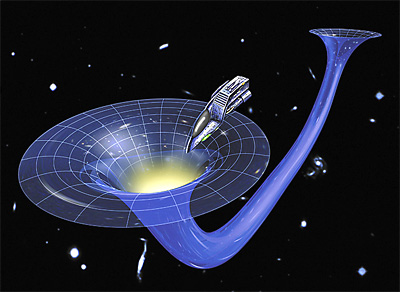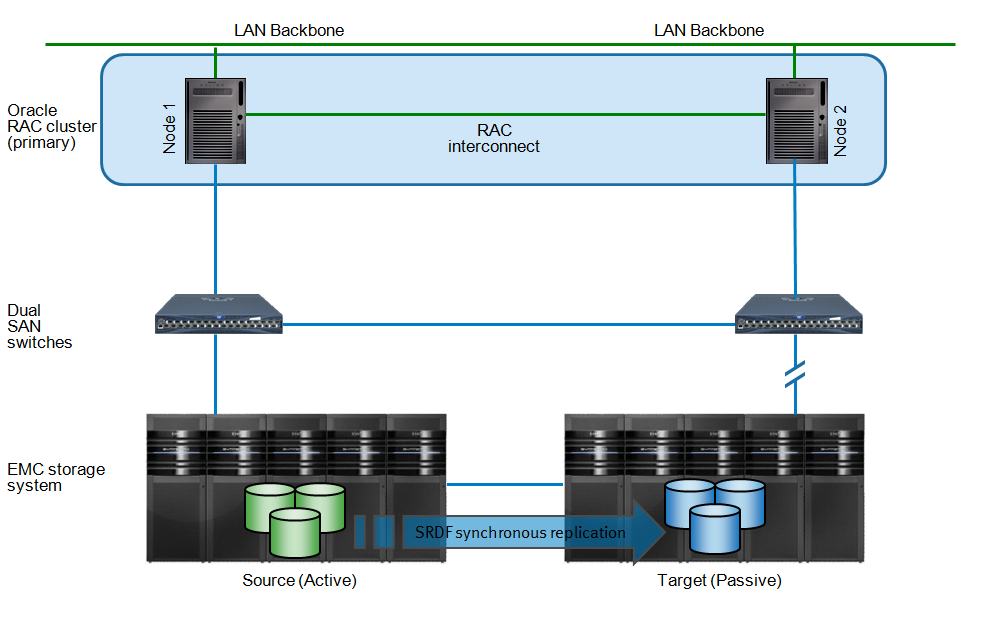For many years, EMC customers have been using storage replication technology to create copies of entire databases. Using storage cloning has many advantages over other mechanisms (file copy, tape restore, and the like). Most significant is that EMC storage can create near-instant copies of large applications without significant performance overhead. The reason is that the storage system is using its huge internal bandwidth and a couple of smart tricks to create the copy, therefore bypassing the host I/O layer.

In other words, a server running a database does not have to move a single bit of data for creating a copy of a multi-terabyte database.
![]()




